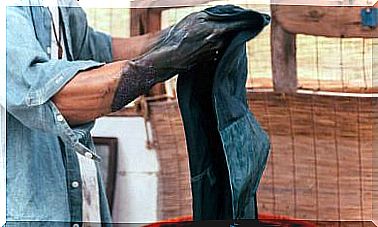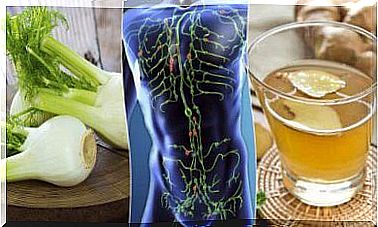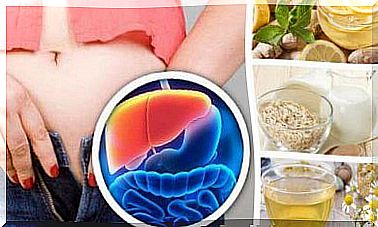All About Hemolytic Disease In Newborns
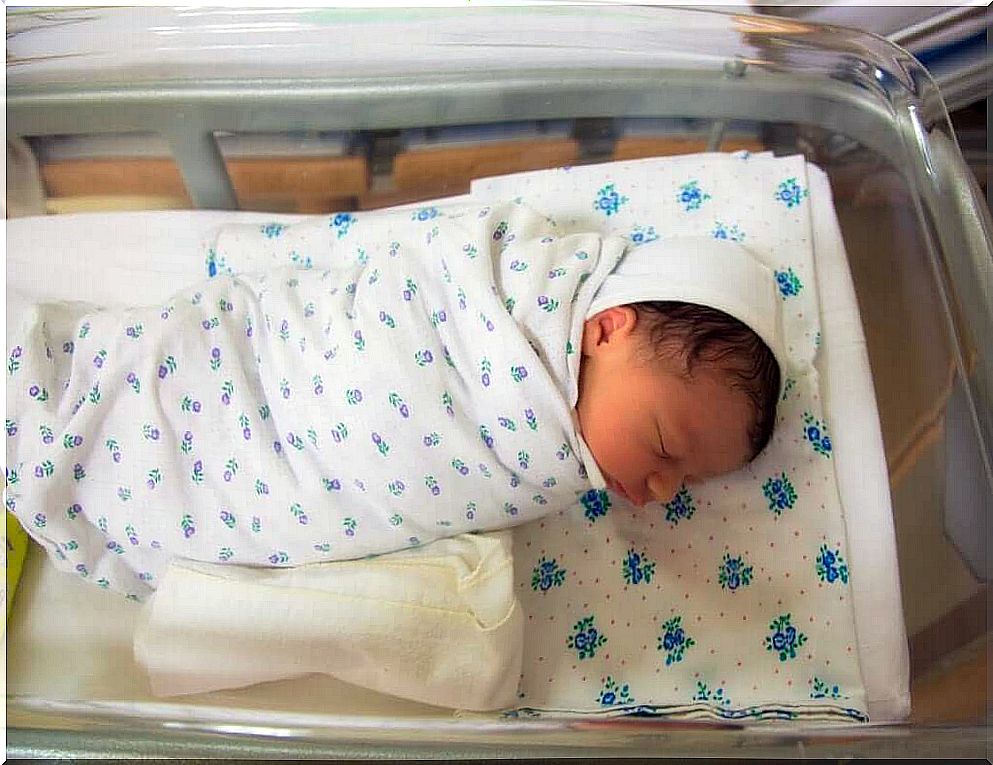
Hemolytic disease in newborns (HDN), also called erythroblastosis fetalis, is an autoimmune disease. This condition can be fatal during fetal development. In this disease, the mother makes antibodies that travel to the placenta and accidentally destroy the red blood cells of the fetus.
As a result of this lack of red blood cells during development, the baby gets anemia before birth. Unfortunately, 50% of babies who develop this disease will not make it, so the prognosis is not positive at all.
Hemolytic disease in newborns
Hemolytic disease in newborns is an autoimmune disease related to maternal and infant blood differences. In general, blood groups belong to categories A, B, O and AB. However, there is another distinction in terms of typology: Rh+ and Rh-. In colloquial terms we talk about rhesus-positive and rhesus-negative.
Epidemiological figures
StatPearls (link in English) has mapped the development of this disease throughout history. These are some of the key points of hemolytic disease in newborns:
- Until the 1970s, hemolytic disease affected 1% of newborns, with a 50% death rate.
- Using immunoprophylaxis techniques, this incidence dropped from 1% to 0.5% after 1968. Today the prevalence is estimated at 1-3 patients per 1000 deliveries.
- The majority of the population is Rh+, but the percentage of people with a negative Rh factor is increasing in certain ethnic groups. 15% of white people are Rh-, while in Black and Hispanic populations those odds are reduced to 5% and 8%, respectively.
- Native Americans are the group with the lowest percentage of rhesus negative people. Only 1% of that group has this characteristic.
The white population is most at risk for this condition. That’s because rhesus-negative women have an 85% chance of having children with a rhesus-positive man. This incompatibility in the rhesus factor causes hemolytic disease in newborns.
Symptoms of Hemolytic Disease in Newborns
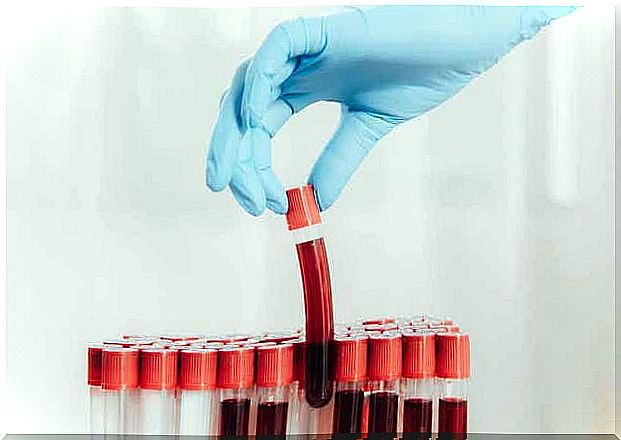
The International Journal of Pharmacotherapy shares the most common symptoms of hemolytic disease in newborns. These symptoms include:
- First, the child is born with jaundice (yellow skin).
- Epidermal pallor due to anemia.
- Hepatosplenomegaly (enlargement of the liver and spleen).
- In the most severe cases, hydrops fetalis.
Bilirubin is a yellowish pigment that is synthesized when red blood cells are broken down. Since these erythrocytes in the patient are continuously destroyed, unconjugated bilirubin accumulates in the tissues. This causes a worrying yellowish color in the skin.
Hydrops fetalis accumulation of large amounts of fluid in 2 or more parts of the body. These physical deformities at birth are the result of metabolic imbalances caused by the maternal immune attack.
After jaundice, anemia is the most obvious clinical sign of this condition. However, you can only prove this with a blood test. Each of these conditions is sufficient to confirm hemolytic disease in newborns at the diagnostic level.
Causes of Hemolytic Disease in Newborns
The incompatibility in the rhesus factor is the cause that results in the most serious complications. However, it is not the only cause of this disease. Below we will look at some other causes.
Rhesus Incompatibility
As we have mentioned, the incompatibility in the rhesus factor of the fetus and the mother is the main cause of HDN. It can lead to anemia and fetal death. To develop this disease, the mother must have Rh- and the child must have inherited Rh+ from the father. This is discussed in the MSD Manual (Spanish link).
Even just 0.1 milliliter of fetal blood inoculation into the mother’s bloodstream is enough to initiate the mother’s alloimmunization process. This means that the mother’s immune system recognizes the child’s blood cells as potential pathogens. As a result, the immune system makes antibodies to fight them.
ABO antagonism
The incompatibility of the ABO blood group is actually the main cause of this disease. However, most cases are mild. Only 1% of cases in this category lead to severe hemolysis (destruction of red blood cells).
As the National Library of Medicine in the United States points out, mother and child may have different and poorly compatible blood types. In fact, in 25% of pregnancies, only a small percentage (1%) of mothers have enough antibodies to cause HDN in the fetus.
For example, if the mother has blood type O and the child has A or B, it is possible that the mother will produce anti-A or anti-B antibodies. These antibodies are of the immunoglobulin (IgG) type and can easily cross the placenta. As in the previous case, the incompatibility of the mother and the child is inherited from the father.
Treatment and testing
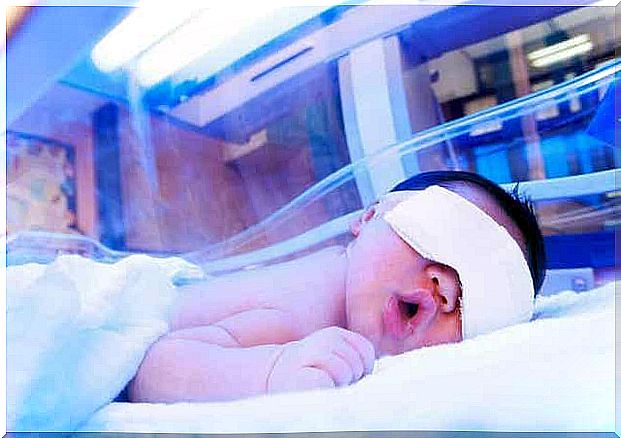
The most effective way to prevent maternal alloimmunization is to perform blood tests on both parents. They need to do those blood tests before the fetus develops an immune attack. In general, alarm bells go off when the mother is rhesus positive and has antibodies against the negative factor.
If the father is also Rh- then the child will not be in any danger because he or she will also be Rh-. At worst, the mother is Rh-, the father Rh+ and the mother’s immune system has already started synthesizing antibodies to attack the fetus.
In the event that the maternal immune response of the mother has already started, doctors will use an intraperitoneal blood transfusion to the fetus. According to the Spanish Pediatric Association (Spanish link), these transfusions will provide the fetus with new red blood cells.
If the baby does not respond well to treatment, the next step is usually a premature birth. The sooner the child leaves the mother’s body, the sooner attacks of the antibodies on the baby’s red blood cells will stop. However, even outside the mother’s body, the baby may still require regular transfusions.
Once born, the main treatment for jaundice is light therapy. Mild isomerization converts bilirubin into a compound that the body can easily excrete through urine and feces. It does not have to be broken down by the liver.
The Importance of Immunization
An Rh mother can take steps to prevent the development of rhesus positive antibodies. This requires preparation with special immunoglobulins. The doctor will inject this preparation at 28 weeks of pregnancy, and the aim is to hide the baby’s erythrocytes. As a result, the mother’s immune system will not recognize them as a threat.
Conclusion
Hemolytic disease in newborns is thus a very rare disease. It occurs in less than 3 cases per 1000 infants. Not all cases of this condition cause hydrops fetalis, jaundice, anemia, organ failure, and death. In many cases, the incompatibilities are much milder and thankfully usually end well.
The best treatment for this condition is to have medical tests during pregnancy. If the doctor suspects that the mother will develop an immune response against the fetus, then immunization therapy will work to prevent the disease.

